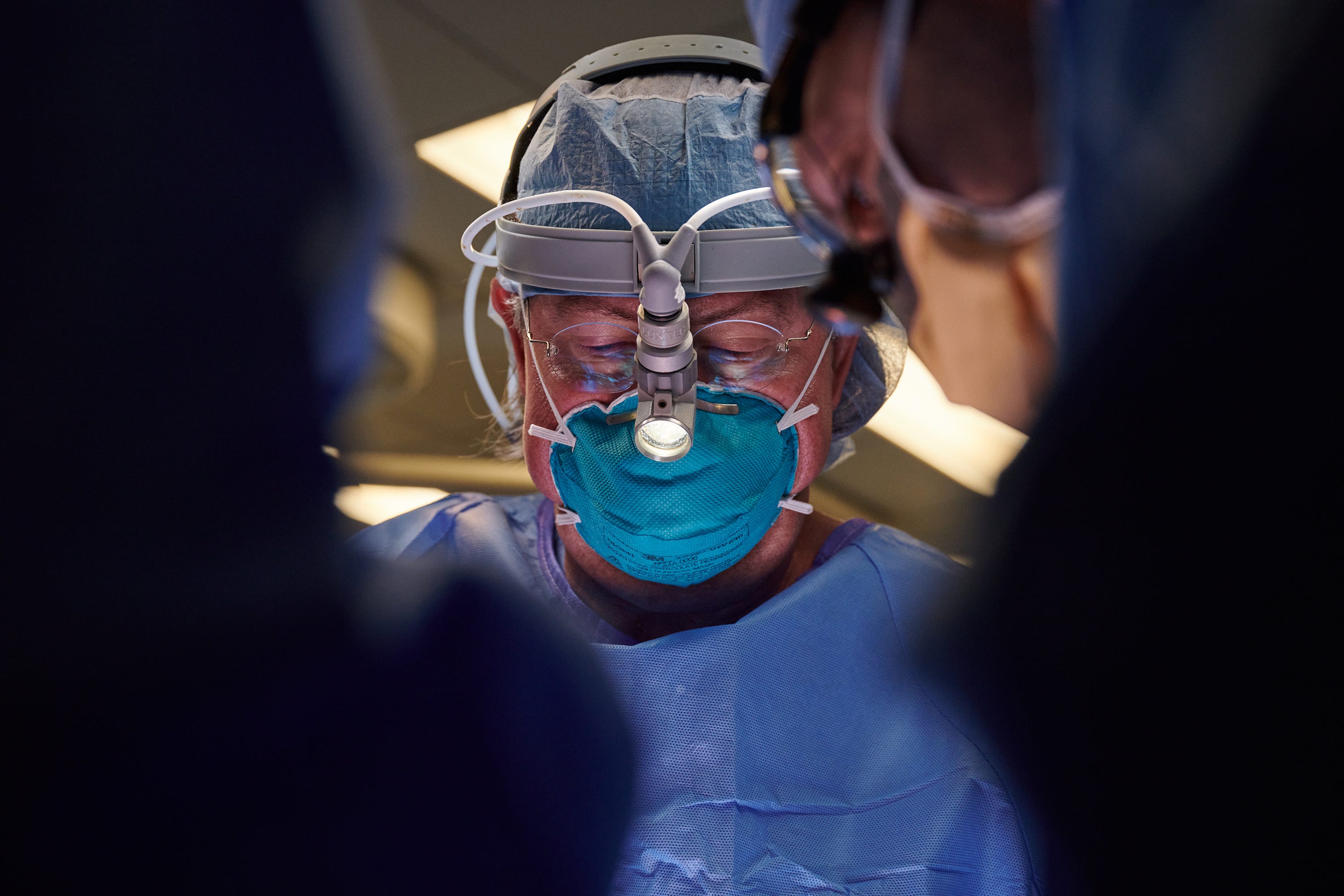
The next year, Bailey performed the first human-to-human heart transplant in a baby.
“It’s going to give us that confidence that something’s not going to go wrong immunologically in these first couple of days," Montgomery said, as surgical nurses prepared the operating room.The donation was particularly emotional for Montgomery, coming less than a week after the third anniversary of his own heart transplant.Decades later, after collapsing at a medical conference in Italy in 2018, Montgomery knew his own heart was on the verge of giving out. ."I always felt there was some reason or purpose that I'm still around," Montgomery said.He and his team had conducted a run-through nine months earlier, procuring the pig organ, bringing it to the operating theater and, in that case using a human organ, transplanting it onto a person who had been declared brain-dead. .Animal cells are removed from the valves before implantation, so it's not considered an organ transplant.
Pacholczyk, director of education at the National Catholic Bioethics Center in Philadelphia, said he’s also comfortable with the idea of operating on a person whose brain function had ceased as long as the family consents, as they did in Montgomery's case.Montgomery returned from Virginia – missing the rehearsal dinner – around about 11 p.m., just as others on his team took off from Teterboro Airport in New Jersey, headed to the pig farm.The thymus, a small gland near the top of the lungs, produces white blood cells – immunity soldiers that help the body fight infection.
the transplant team, including a representative from LiveOnNY, a nonprofit organ procurement organization, had packed the organs into a large black cooler.
Right at 6 a.m., the team wheeled the cooler into the basement operating theater at NYU Langone.Not all of Montgomery’s colleagues in the xenotransplantation field agreed with his decision to test the organ in a person declared brain-dead. Once the brain stops sending electrical signals, other organs begin to break down as well. Whatever could be seen in the surgery wouldn’t necessarily reflect what would happen in a living being, they said.Nurses drew her blood several times to look for immune reactions that might signal trouble but found nothing concerning, he said.
Pig kidneys will be easier to make work in people than in monkeys, Montgomery said, “because primates are so tricky to manage.”.“All right, does anyone know how to turn the lights on?” Montgomery said.The team held a moment of silence to honor the woman they were about to operate on. The steady beeping of a heart monitor pierced the quiet.At 7:02 a.m., Montgomery carried the organ – about the size of an outstretched hand – from a nearby table and began carefully stitching the pig kidney into place.Holding his breath, he carefully removed them, allowing the woman’s blood to flow into the kidney.Their operating room, deep in the bowels of the sprawling NYU medical complex, is usually a demonstration site for plastic surgeries.Montgomery couldn't tie up a typical operating room for the 72 hours he wanted to keep the body hooked up to the pig kidney. .
Not to worry, Montgomery told a nervous transplant team member, who brought the time constraint to his attention.
During the procedure, anyone who set foot in the operating room or came into contact with the pig organs had to have their blood drawn and frozen.Still, in an abundance of caution, nurses collected blood from everyone in the operating room in case the deceased woman was found to have PERVs in her system.At 8:30 a.m., with one nurse remaining in the operating room, nine other team members gathered in an adjacent observation room to talk about next stepsWith those details wrapped up, Montgomery, whom team members call “Dr“It was amazing teamwork that got us here, and each one of you played a really important role – on a weekend and through the night
Urine output from the pig kidney was strong, and the organ effectively filtered her blood as a normal kidney would